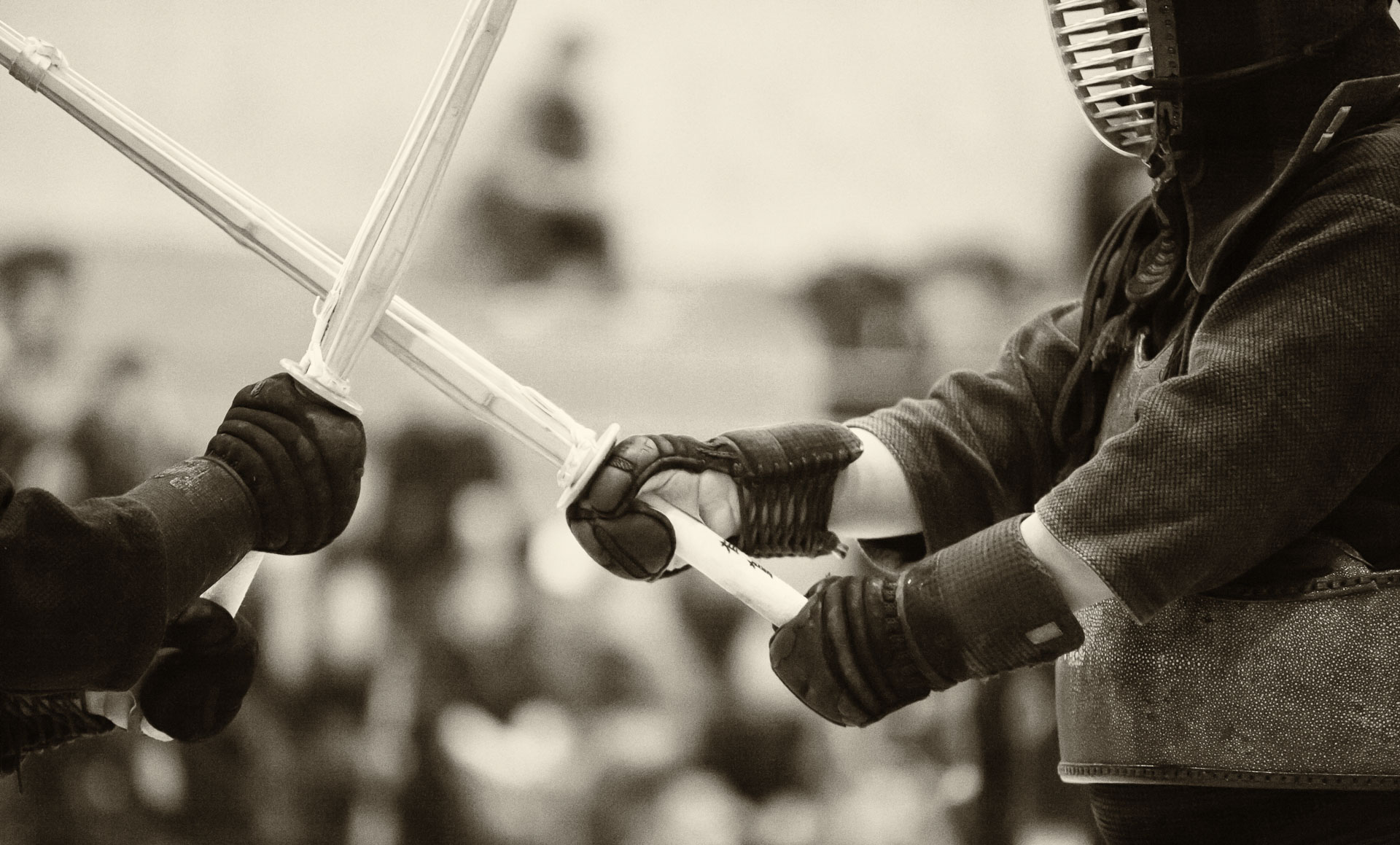
My daughter wakes up and goes straight for her new toys, which we bought the day before. It’s set of figurines of babies in cute costumes and their pet animals. She is eager to involve me into the game, while I am making her breakfast, so she lines up the animals at the edge of the table and makes a math problem for me: how many of them have tails? I am a little surprised at this initiative. Normally, it is my wife and I, who try to work little math questions into our games with our daughter.
I think what sparked her creativity is the fact these toys are new to her. She absolutely craves new things. Of course, this is not surprising, simply because she is human. I’ve read somewhere that the humans are programmed by evolution to favour new over old. A new object that enters the scope of our attention is getting more processing power of the brain dedicated to it, because there is potential danger and opportunity in the novelty.

I think it was Scott Adams, the creator of Dilbert
, who said recently that if you have a choice between being the best at doing something and being the first to have done something, choose being the first if you want to make a mark in history (or generally make a impact). Actually, I think it is a false dichotomy. You don’t have to choose, because in many situations you can be both first and, eventually, the best (or one of the best). But the point is generally correct – it is a powerful statement and an advantageous position to be the first, whether it is scoring the first point in a kendo match, publishing the first paper in a particular research area or being the first to apply a certain technique (either in science or in art).
Of course, being the first at something genuinely novel is difficult. One technique is to broaden the scope to include not only whatever you are doing, but also yourself. For example, Amilia Earhart is not known because she was the ninetieth (or so, depending on how you count the early flights) person to fly over the Atlantic, but because she was the first female to do it. We all have a combination of certain skills, and while we might not be the best in the world in any one of them, the intersection of these skills makes us quite unique.
So with the new toys for children, it is probably wise to maintain some balance. On the one hand, excessive dependance on external rewards or praise is not healthy. On the other hand, new toys, puzzles and books are clearly effective for stimulating thinking, because novelty sides with evolution.
































